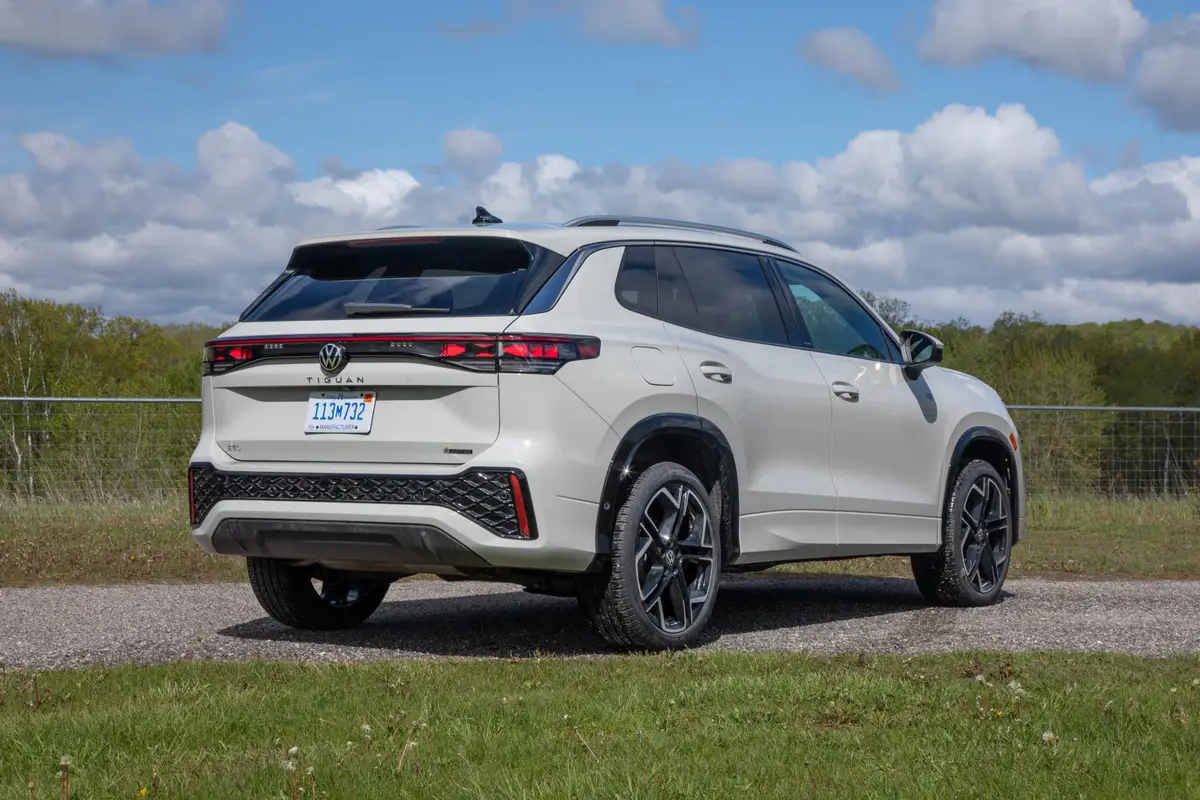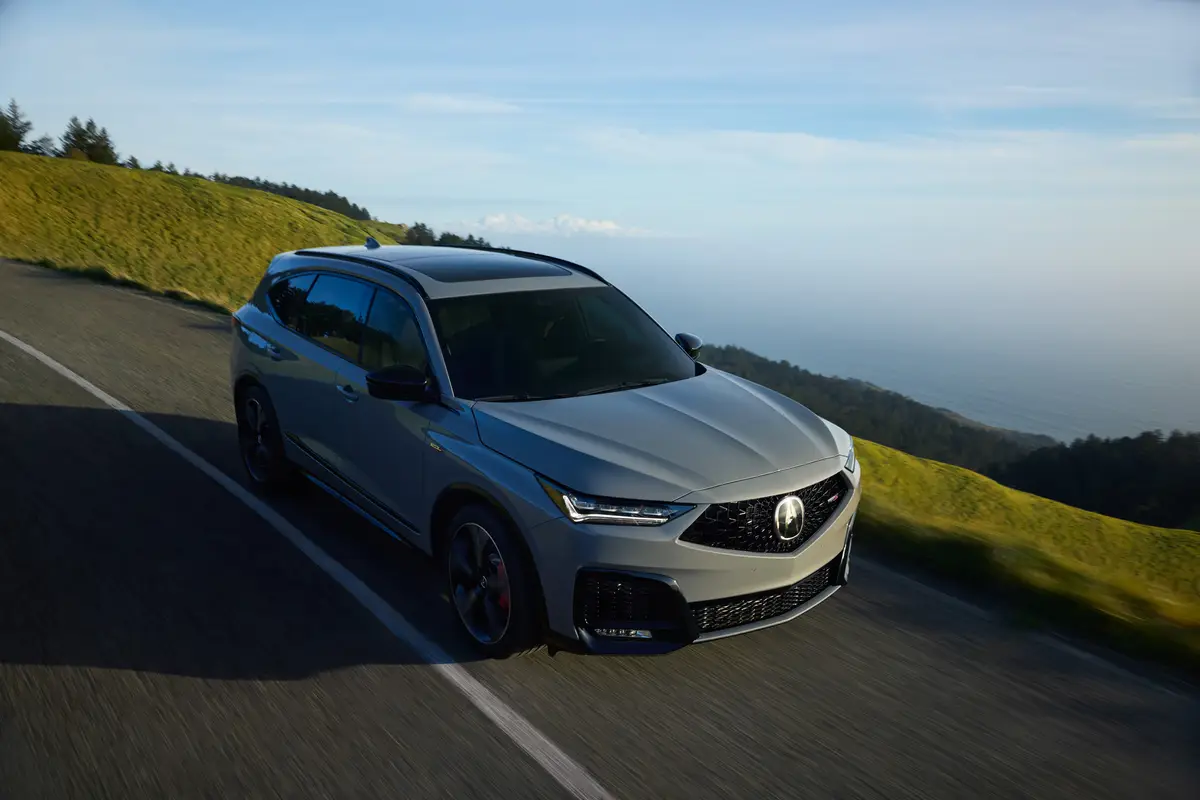chicagotribune.com's view
Little did Subaru know that it was going to become a trendsetter when it brought out an all-wheel-drive Legacy station wagon dubbed Outback in 1995. Outback was called a hybrid, a wagon that looked like a sport-utility vehicle. The rivals laughed at Subaru, saying the public wouldn’t be gullible enough to consider the AWD machine anything other than a wagon.
Subaru is the one chuckling now, as evidenced by the fact sales last year swelled 9 percent, to 170,000 units, and imitators are working overtime to duplicate the Outback hybrid formula.
General Motors took the easy way out in trying to copy Subaru; it bought an equity stake in Fuji Heavy Industries of Japan, parent of Subaru. Just like former Chrysler Chairman Lee Iacocca bought American Motors Corp. to have access to its Jeep, GM acquired a chunk of Subaru to have access to its all-wheel-drive technology.
And GM is working fast. At the Chicago Auto Show Feb. 9 through 18 in McCormick Place South you’ll see the Chevrolet Borrego concept, a two-door cross between a car and truck featuring a reconfigurable midgate, or what most would car the rear wall of the passenger cabin. To convert Borrego from two- to four-passenger seating, the rear window retracts into the midgate and the midgate slides back. Lift the window out of the midgate and install the roof panel stored under the cargo floor over those rear seats and you have an enclosed cabin with two rows of seats and a truck bed, which has shrunk to 3 feet from 6.
What does Borrego have to do with Subaru? Borrego is powered by a turbocharged 4-cylinder engine from Subaru, which also provided the AWD powertrain from its Outback.
Borrego is aimed at replacing the Camaro sport coupe as market research shows youth is more concerned with AWD versatility as well as space for hauling sporting gear or friends than it is cramped quarters and a low zero- to 60-m.p.h. time in a rear-wheel-drive sports coupe.
As for the Outback, we tested the new-for-2001 H6-3.0 VDC, which designates that it carries a horizontally opposed (H), 3-liter (3.0), 6-cylinder (6) engine with vehicle dynamics control (VDC). Could have called it the Outback Six and saved a lot of space in the sales brochure, not to mention numbers and letters on the deck lid, don’t you think?
The 6-cylinder is new for 2001 and offered on the VDC as well as L.L. Bean Edition, a shameless promotion of the marketer of active lifestyle clothing and equipment.
If you don’t opt for one of these two models with the 212-h.p. 6, you have to settle for a non-VDC/Bean with a 2.5-liter, 165-h.p. 4-cylinder. The 3-liter is a lot livelier. It’s tuned to deliver quick off-the-line response, not to mention quieter operation. Though a full-time AWD machine, the 20 m.p.g. city/27 m.p.g. highway rating is very good.
VDC works with VTD (variable torque dist ribution) and all-wheel traction control to take corrective action before the driver notices that action needs to be taken.
VTD controls power or torque distribution between front and rear wheels and directs it to the wheels that need it at the time. VDC, similar to StabiliTrak at Cadillac, monitors steering angle, lateral movement and individual wheel speed to continuously correct understeer or oversteer by applying the brake to a slipping wheel, transferring torque to the front wheels or turning off one or more fuel injectors to reduce power. All-wheel traction control applies braking force when wheel spin is detected and/or shuts down fuel injectors to reduce power.
If all systems are working properly, you won’t know, other than maybe wondering why you are still motoring down the roadway when the others around you have pulled off.
Other noteworthy features include low step-in/step-out height, and a huge cargo hold with a number of stowage compartmen s hidden under a thick rubber mat that’s ideal for carrying wet items without slopping up the carpet.
However, the mat is very thick, very big and very heavy and not the easiest thing to lift to get at those stowage compartments.
A couple other gripes: the rear doors don’t provide generous openings and the rear cabin is more than a tad tight when it comes to leg room. Suggestion: smaller cargo hold with smaller and lighter rubber mat and use the space saved to give rear-seat occupants some added knee room.
Base price: $31,895, a rather stiff start, but at least the standard equipment list is very complete and includes air conditioning; four-wheel disc brakes with ABS; power windows; AM/FM stereo with cassette; foldaway and heated power outside mirrors; keyless entry; rear-window wiper/washer; dual front- and side-impact air bags; heated front seats with power driver’s side; 16-inch, all-season tires; and twin power moonroofs.
One gripe with the moonroofs, however. The front glass only pops up, it doesn’t slide open; the rear moonroof does that.
Latest news



